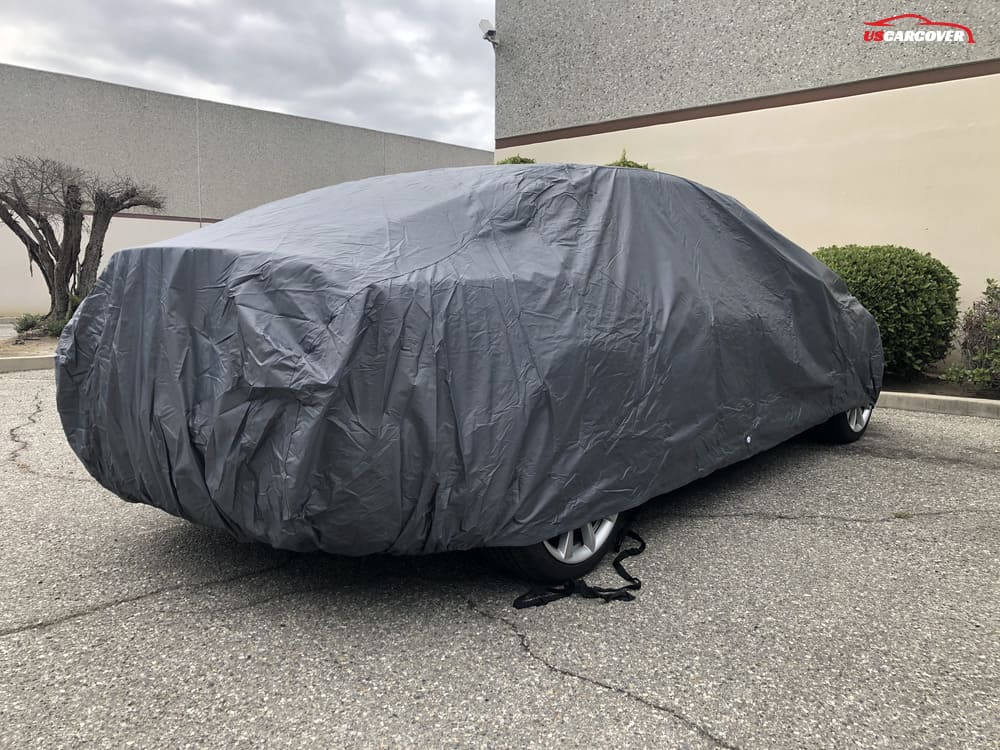
Car covers are essential for protecting your vehicle from the damaging effects of heavy rain. When exposed to wet conditions, a car’s exterior and interior can suffer from water stains, rust, and mold. A high-quality car cover acts as a barrier, shielding your vehicle from these elements, preserving its appearance and longevity. In this article, we’ll explore how the right car cover provides the ultimate protection during heavy rain, keeping your car safe and dry.
Understanding the Impact of Heavy Rain on Vehicles
Heavy rain can cause significant damage to your vehicle if left unprotected. Water seeping into the paintwork can lead to rust over time, while moisture trapped inside the cabin promotes the growth of mold and mildew. Additionally, rainwater can seep into electrical components and engine parts, potentially leading to costly repairs. A car cover prevents this by creating a protective shield that keeps water from reaching your vehicle, ensuring it stays in pristine condition.
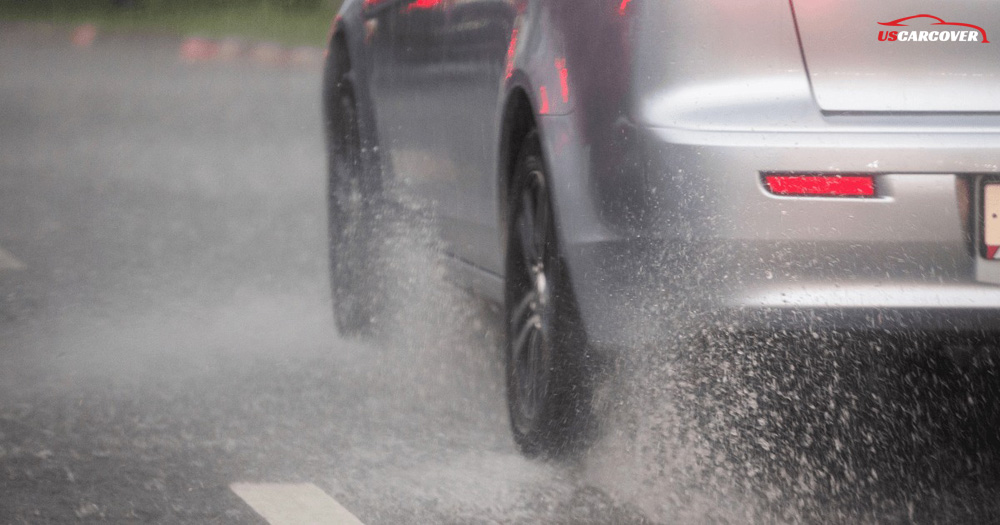
Related Posts: Top Solutions for Outdoor Parking Fears: How Outdoor Car Covers Protect Your Vehicle
Features of Car Covers that Offer Rain Protection
Waterproof Materials: The best car covers are made from water-resistant fabrics like polyester or polyurethane-coated materials that prevent water from penetrating and reaching the vehicle’s surface. These materials ensure complete rain protection.
Seam Sealing: Seam sealing is a crucial feature in high-quality car covers. It ensures that the stitching does not allow water to seep through, providing an extra layer of protection against heavy rain.
Breathable Fabrics: While a car cover needs to be waterproof, it must also be breathable. Breathable fabrics help prevent trapped moisture, reducing the risk of mold or corrosion under the cover while still keeping the rain out.
Elastic Fit: A tight-fitting car cover ensures that it stays in place during heavy rain. This design prevents water from pooling on the cover and allows for full coverage, ensuring that no water touches the vehicle.
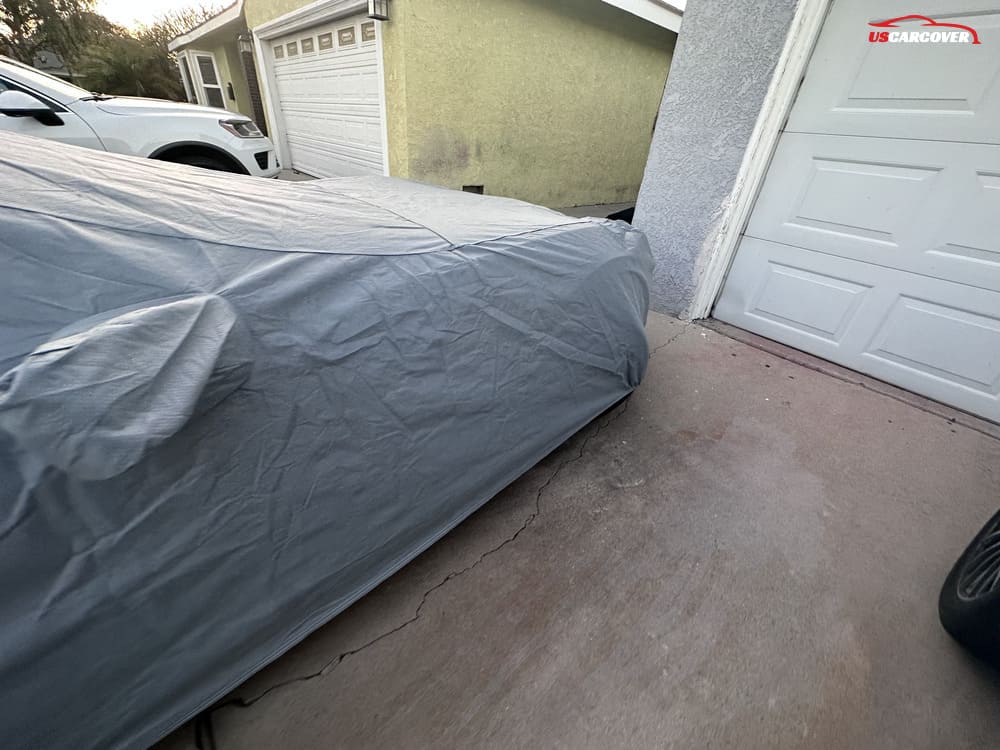
How Car Covers Prevent Water from Reaching the Vehicle’s Surface
A well-fitted car cover acts as a protective barrier, ensuring that water never makes direct contact with the vehicle's surface. The tight fit of a car cover prevents rain from seeping in at the edges, while the waterproof material ensures that no moisture can penetrate. The elastic hems and straps help secure the cover in place, even during heavy rain or wind, ensuring that the vehicle remains completely shielded. By keeping the cover snug and in place, a car cover ensures that rainwater stays on the outside, preserving the vehicle’s paint and finish.
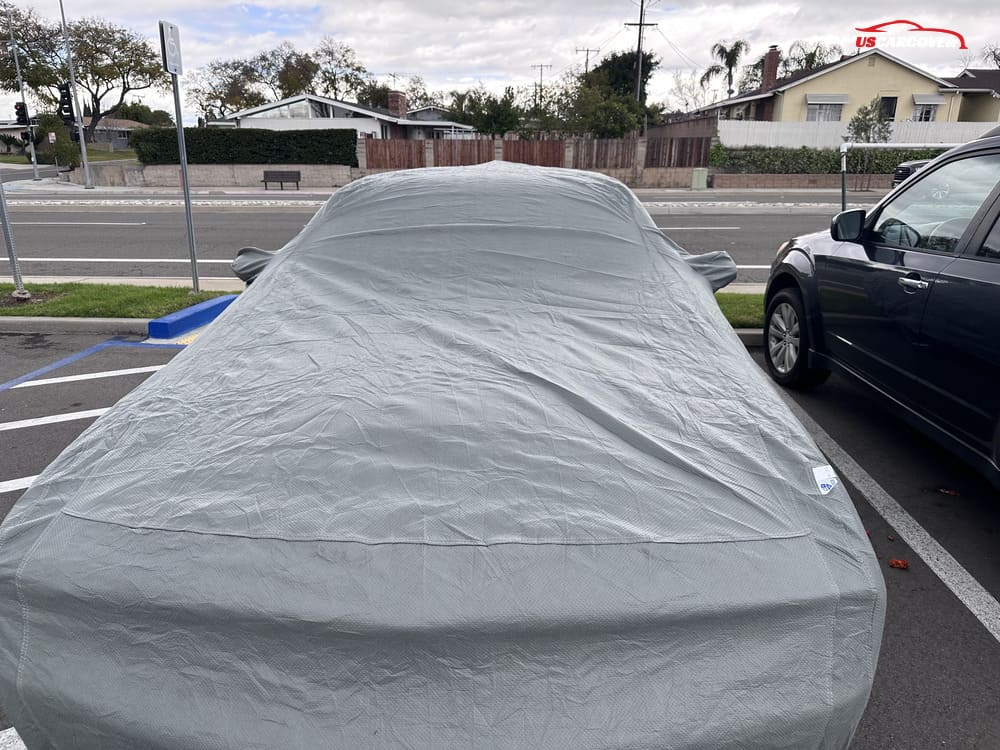
Related Posts: Is the Car Cover Anti-Theft?
Protection Against Water-Related Damage
A car cover offers essential protection against water-related damage. It prevents rust and corrosion by keeping rain and moisture away from your vehicle’s body and undercarriage. The cover also shields electrical components from water exposure, reducing the risk of damage to wiring and engine parts. Inside, it prevents the growth of mold and mildew by keeping the interior dry, while also protecting the paint from water stains. In short, a car cover helps preserve your vehicle’s appearance and functionality by safeguarding it from the damaging effects of rain.
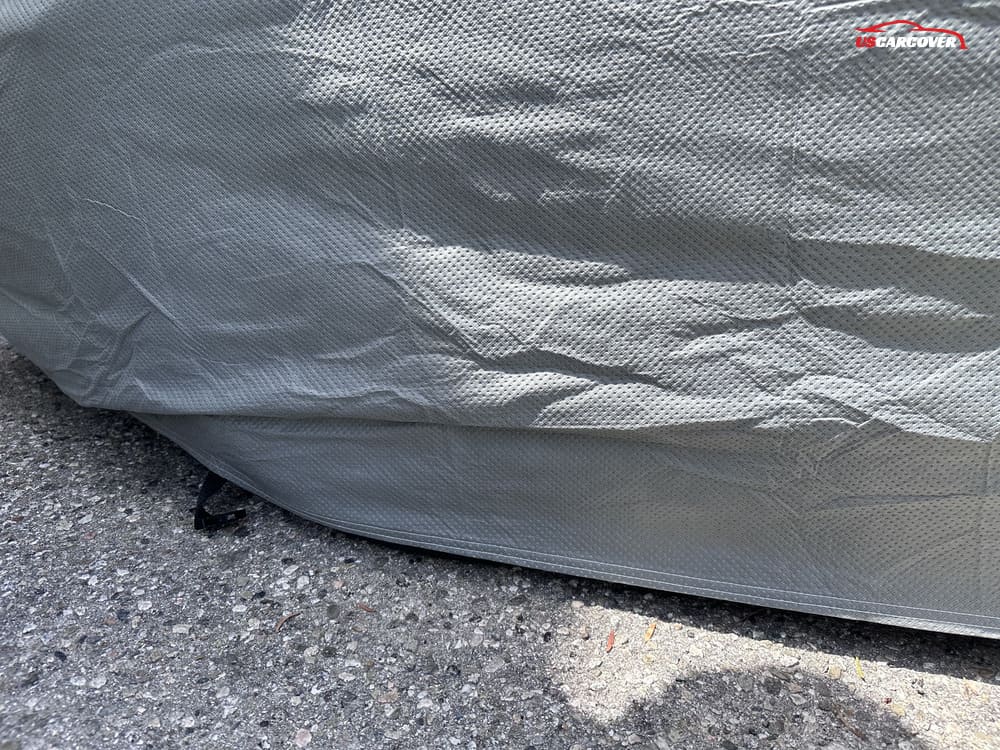
Benefits of Using a Car Cover During Heavy Rain
Preserves the Car’s Exterior: A car cover prevents rainwater from damaging your vehicle’s paint and finish. By keeping the vehicle dry, it helps avoid issues like water stains and fading, ensuring the car remains looking new.
Interior Protection: A car cover not only shields the exterior but also protects the interior. By preventing rain from seeping into the cabin, it keeps the upholstery, seats, and electronics dry, preventing mold and mildew growth.
Reduced Maintenance: Using a car cover during heavy rain reduces the need for frequent washing and drying. The cover acts as a shield, so you spend less time dealing with the effects of water exposure and more time enjoying a clean, dry vehicle.
Long-Term Value: By protecting your car from rain damage, a car cover helps maintain its resale value. Keeping the vehicle in top condition means fewer repairs and a better price when it’s time to sell.
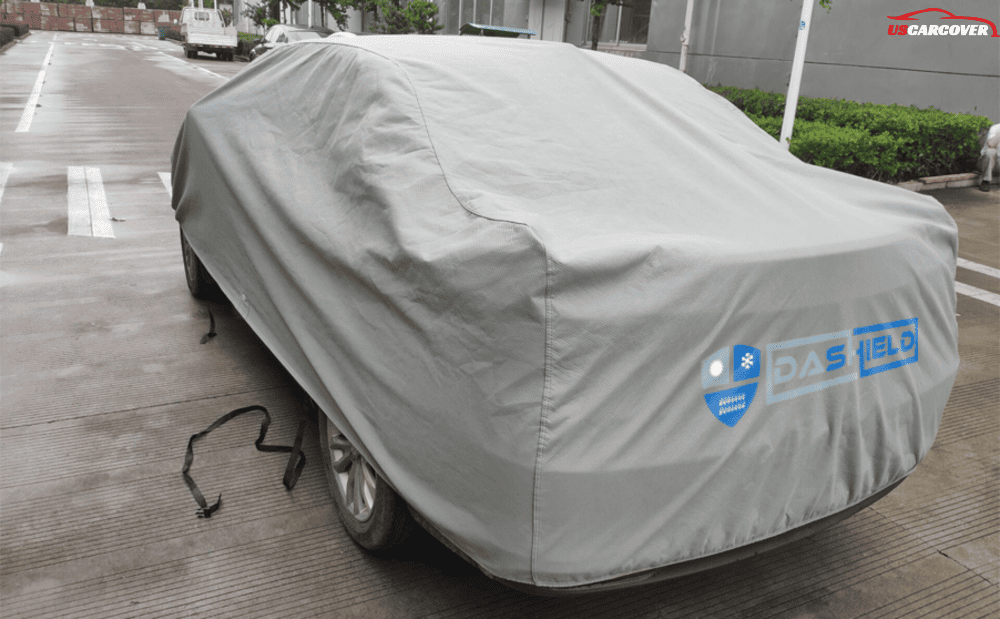
Related Posts: Winter Car Protection Cover: 10 Noted to Use
Choosing the Best Car Cover for Heavy Rain Protection
Material Matters: When selecting a car cover for heavy rain protection, look for fabrics that are specifically waterproof. Materials like polyester, polyurethane-coated fabrics, or water-resistant nylon are ideal for blocking out moisture.
Fit and Coverage: A well-fitting car cover is crucial. It should cover the entire vehicle, including the wheels, side mirrors, and antenna, ensuring no part is left exposed to the elements. A custom-fit cover provides the best protection.
Durability: For long-term rain protection, choose a car cover that is durable and can withstand frequent use. Weather-resistant covers made with reinforced stitching and sealed seams will ensure the cover lasts and stays effective over time.
Breathability: Even in rainy conditions, it’s important that the car cover is breathable. This prevents moisture buildup underneath the cover, which could lead to mold or corrosion.
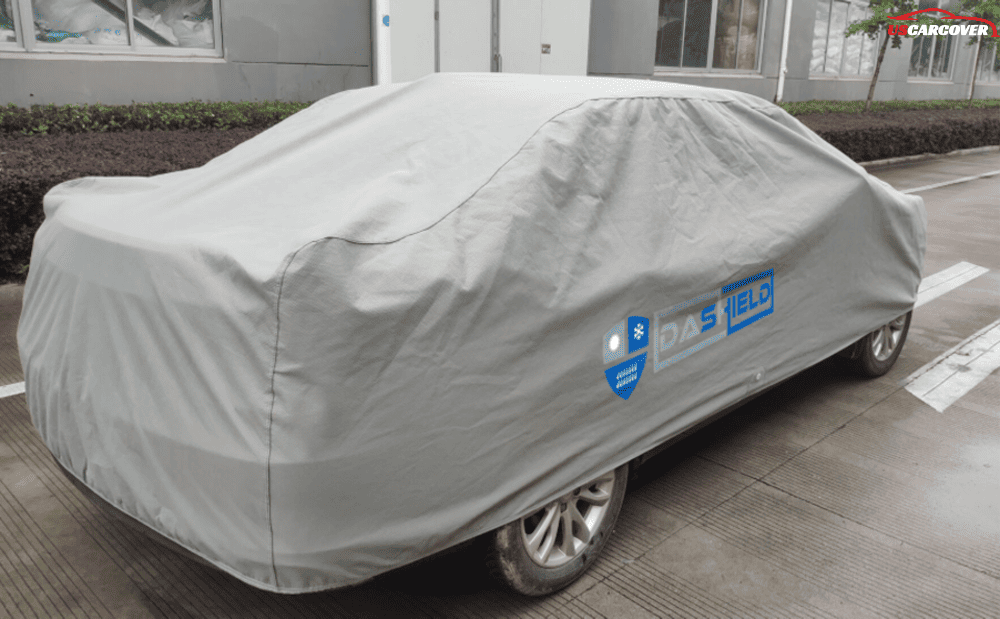
Conclusion
using a car cover during heavy rain is one of the best ways to protect your vehicle from water-related damage. A high-quality car cover keeps the exterior dry, prevents rust, corrosion, and mold, and safeguards your interior. With the right material, fit, and durability, a car cover offers superior protection against the elements, helping maintain your car’s appearance and value. Don’t wait for the damage to happen, invest in a car cover today to ensure your vehicle stays protected, rain or shine.
